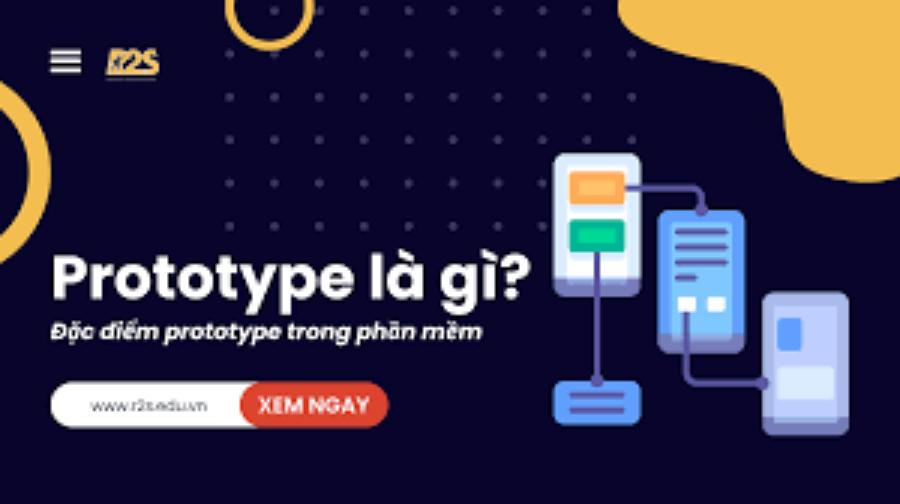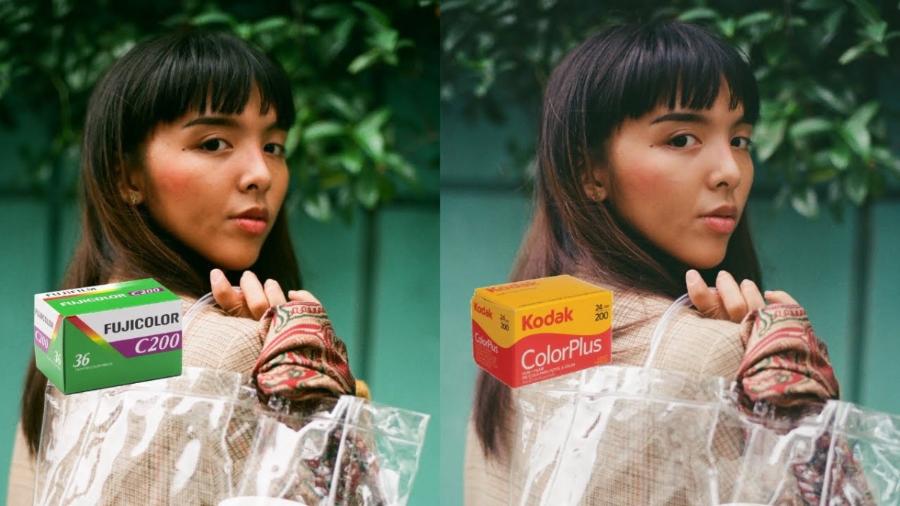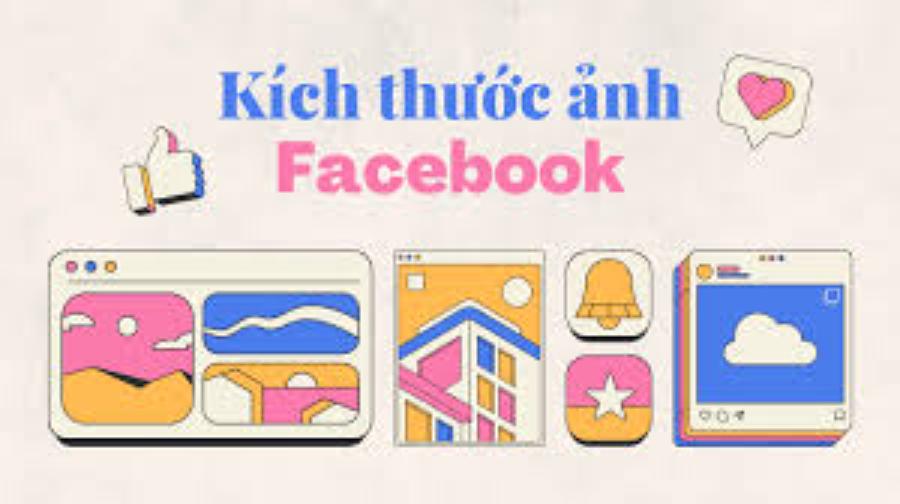Best Selling Products
Outstanding UX Design Trends Shaping the 2020s
Nội dung
- 1.Introduction to UX Design
- 2. Minimalism
- 2.1. Simplify Everything
- 2.2. Simple, Balanced Colors
- 3. Design with a Focus on Page Load Speed
- 3.1. Speed Is The Decisive Factor
- 3.2. Mobile-First Design
- 4. AI-Powered Design
- 4.1. Artificial Intelligence Creates Personalized Experiences
- 4.2. Chatbots and Virtual Assistants
- 5. Multi-Device Experience
- 5.1. Smooth Experience Across Multiple Devices
- 5.2. Responsive Design
- 6. Micro-Interactions
- 6.1. Small But Important Interactions
- 6.2. Useful Communication With Users
- 7. Responsive Design with Accessibility Principles
- 7.1. Easy Access For Everyone
- 7.2. Ensuring a Full Experience
- 8. Dark Mode
- 8.1. Visual Enhancement Trends
- 8.2. Flexible Interface Design
- 9. Data Processing and Privacy
- 9.1. Strengthening Personal Data Management
- 9.2. Building User Trust
- 10. Conclusion
Explore 8 prominent UX design trends of the early 2020s. These changes are strongly impacting the way we create effective and innovative user experiences.

UX (User Experience) design is always changing and evolving to meet the increasing needs of users. Especially in the 2020s, new UX trends have been shaping the way users interact with digital products. In this article, sadesign will provide an overview of important UX trends in the early 2020s that designers cannot ignore.
1.Introduction to UX Design
UX design is not just about creating a beautiful interface, but also about optimizing the user experience throughout the journey of interacting with the product. A good user experience can help increase customer satisfaction, increase conversion rates, and build loyalty from users. It is a combination of user behavior research, psychology, and interface design to ensure that the product not only meets the needs of users but also brings the highest convenience, efficiency, and satisfaction. A good UX design not only helps improve the user experience but also contributes to increasing brand value and competitiveness in the market.
.jpg)
The 2020s have seen major changes and innovations in UX design, reflecting the advancement of technology and changing user needs. UX design trends from the beginning of the decade have not only improved interfaces but also created deeper, more accessible experiences.
2. Minimalism
Minimalism is a style that focuses on simplicity and sophistication, eliminating unnecessary elements to emphasize the functionality and core values of a product or space. This philosophy not only brings aesthetic harmony but also optimizes the user experience by minimizing complexity. In interior design, architecture, or even graphic design, minimalism often uses clean lines, neutral color palettes, and open spaces to create a clean, airy feeling. The most important thing in minimalist design is to balance function and beauty, ensuring that each element has a specific purpose and meaning.
2.1. Simplify Everything
Minimalist design has continued to be a strong trend over the years and has become an integral part of UX design in the 2020s. Simplicity not only helps to highlight the content but also makes it easier for users to interact with the product. Instead of focusing on creating many complex details, minimalist design prioritizes minimizing unnecessary elements, thereby making it easy for users to access and use the product.
2.2. Simple, Balanced Colors
Using simple yet subtle colors is an important part of the minimalist design trend. Soft, low-contrast colors help reduce distractions while creating harmony and comfort throughout the experience.
3. Design with a Focus on Page Load Speed
Designing with a focus on page load speed is an important factor in improving user experience and optimizing website performance. A fast-loading website not only reduces bounce rates but also improves search engine rankings, especially as Google increasingly prioritizes high-performing pages. This can be achieved by applying optimization methods such as image compression, caching, optimizing source code and minimizing unnecessary resources. Ensuring fast page load speed not only brings technical benefits but also builds trust and satisfaction for visitors, contributing to the sustainable development of businesses in the digital environment.
.jpg)
3.1. Speed Is The Decisive Factor
Nowadays, users are not patient enough to wait for long for websites or applications to load. A slow loading website or application can make users feel frustrated and abandon immediately. Therefore, page loading speed has become an important factor in UX design. Designers are trying to optimize page speed to minimize loading time, creating a smooth and fast experience for users.
3.2. Mobile-First Design
With the rapid increase in mobile device users, mobile-first design has become a must. Mobile-optimized applications and websites not only save loading time but also make it convenient for users anytime, anywhere.
4. AI-Powered Design
4.1. Artificial Intelligence Creates Personalized Experiences
One of the prominent trends in UX design in the 2020s is the integration of artificial intelligence (AI) into the user experience. AI not only helps create personalized experiences but can also learn from user behavior to make appropriate suggestions and recommendations. Smart AI applications are helping users feel the sophistication and understanding of the system.
4.2. Chatbots and Virtual Assistants
Chatbots and virtual assistants are popular applications of AI in UX design. These tools help users solve problems quickly and efficiently, especially in customer support. Chatbots are becoming smarter, able to understand and respond flexibly, creating natural conversations.
5. Multi-Device Experience
.jpg)
5.1. Smooth Experience Across Multiple Devices
With the diversity of devices that users use, from mobile phones to tablets, laptops or desktops, UX design trends are shifting towards creating a consistent experience across all devices. Users can easily switch from one device to another without any difficulty or interruption in the experience. This versatile design helps users access the product in a more flexible and convenient way.
5.2. Responsive Design
Responsive Design is a key element in this trend. This ensures that the interface automatically adjusts its size and layout to suit the screen size of the device the user is using.
6. Micro-Interactions
6.1. Small But Important Interactions
Micro-interactions are small interactions in the user interface that have a big impact on the overall experience. They include small effects like color changes, smooth animations when a button is pressed, or small sounds when a task is completed. These micro-interactions not only add interest but also help users easily recognize the state of the interface.
6.2. Useful Communication With Users
Micro-interactions also help communicate more effectively between the system and the user. They make the user feel that the system is responding quickly and appropriately, thereby increasing satisfaction in the experience.
7. Responsive Design with Accessibility Principles
7.1. Easy Access For Everyone
Accessibility has become an important part of modern UX design. With the advancement of technology and the growing demand for digital products from people with special needs, ensuring that designs are accessible to all users, including those with disabilities, has become an important standard.
7.2. Ensuring a Full Experience
Designing with accessibility principles not only makes a product easy to use, but also ensures that everyone can experience the product without difficulty. This includes using easy-to-read fonts, high-contrast colors, and the ability to navigate using a keyboard or voice.
8. Dark Mode
.jpg)
8.1. Visual Enhancement Trends
Dark Mode has become a popular design trend in recent years. Dark Mode not only helps protect users' eyes when using devices for long periods of time, but also saves energy for OLED screens. In addition, dark interfaces also help interface elements stand out more, creating a more streamlined and elegant experience.
8.2. Flexible Interface Design
With this trend, UX designers need to ensure their interfaces can transition smoothly between light and dark modes without affecting the user experience.
9. Data Processing and Privacy
9.1. Strengthening Personal Data Management
Since the introduction of data privacy regulations like GDPR, user privacy has become an important factor in UX design. Products need to be clear and transparent about how they collect and process user data.
9.2. Building User Trust
By creating interfaces that are easy to understand and transparent about privacy, designers can build trust with users, helping them feel safe and comfortable using the product.
10. Conclusion
The 2020s have seen groundbreaking UX trends that not only improve user experience but also open up creative opportunities for designers. Trends such as minimalist design, fast page loading speeds, artificial intelligence, versatile interfaces, and micro-interactions have all contributed to a more sophisticated and user-friendly digital world. By adopting these trends, designers can create products that better meet users’ needs and expectations, while building long-term loyalty and engagement.












































